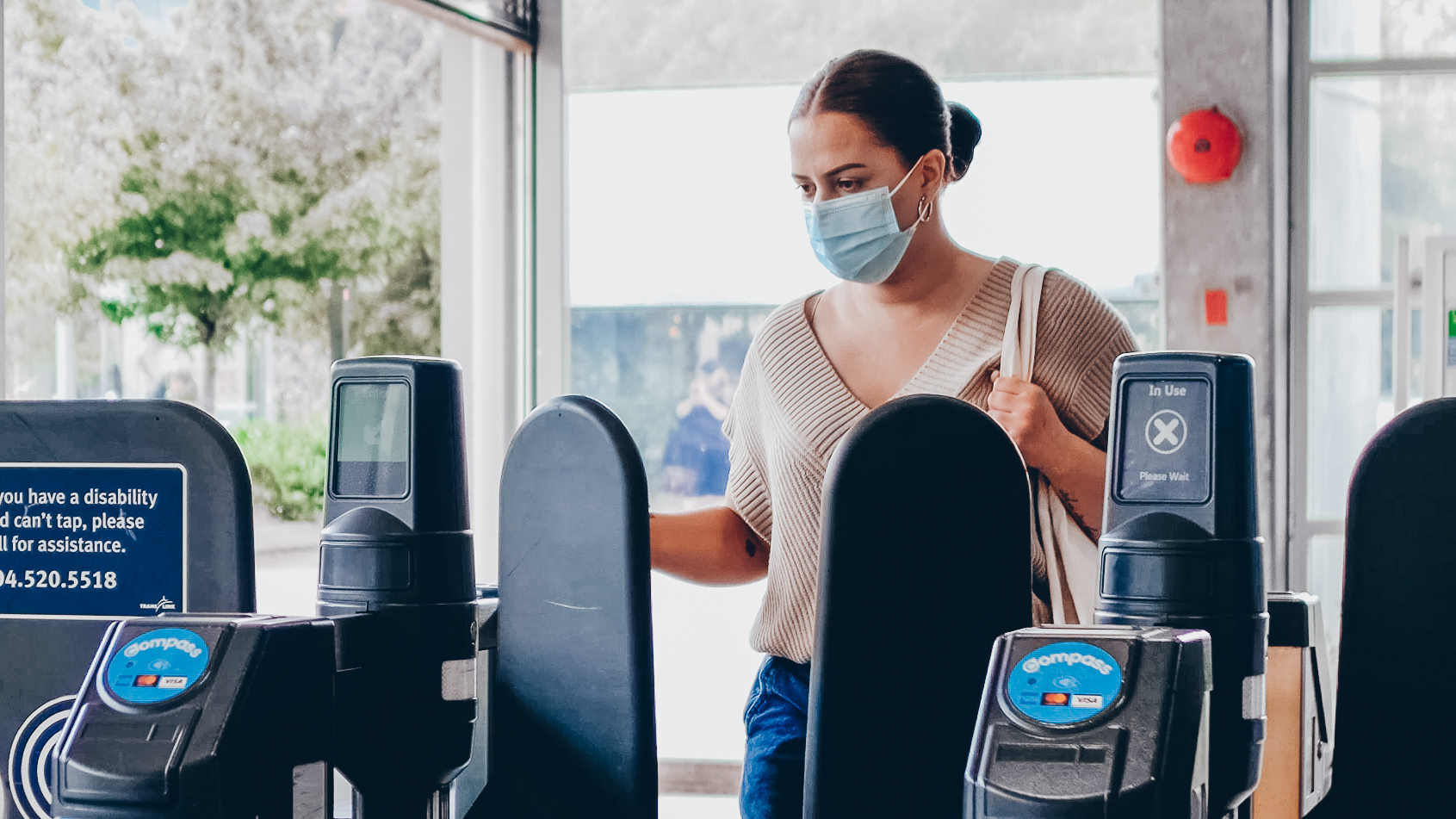Celina taps into her community thanks to transit
Celina taps into her community thanks to transit

Celina couldn’t get a driver’s license when she was younger and there wasn’t public transit in the small town she grew up in. Hearing that, you quickly realize how easily someone’s personal mobility can be profoundly affected.
She couldn’t always go where she wanted when she wanted to, relying on walking and others with a vehicle to get around. That’s why it was a huge relief for Celina when she moved to Metro Vancouver in 2012 to attend the University of British Columbia (UBC) as an undergraduate student.
Our region’s transit system is expansive, covering than 1,800 square kilometres — the largest in Canada — and we reach 90 per cent of the places where people live and work in Metro Vancouver.
“I’ve relied on transit since I moved here,” says Celina, who lives near Vancouver City Hall at Cambie and W 12th Avenue. She’s now a graduate student at the UBC’s School of Community and Regional Planning.
For her commute to campus, the 99 B-Line and R4 41st Ave RapidBus provide all-day, limited-stop, express service to UBC’s Point Grey campus. Other bus routes such as the 9, 14, 25, and 49 provide service 15 minutes or better throughout the day.
“I can also get downtown in 10 minutes so I can skip all the traffic. It’s simply better for the environment not to have another car on the road too,” adds Celina.
What was the experience for someone that went from zero transit to an abundance? Surprisingly, “pretty easy” according to Celina.
“I found it was pretty easy to understand,” she says. “There’s the central bus exchange on campus and the different routes that go off-campus. I knew I needed to catch the 14 [Hastings/UBC bus route]. I didn’t know which way, but you slowly learn and you get used to it. Overall, it was pretty easy to pick up and understand.”
Celina credits the availability of real-time information such as Next Bus and trip planning tools that leverages TransLink’s Open API for helping her learn the transit system and become an expert user. Over the years, she’s also noted continued improvement in customer experience.
Currently, TransLink is working with Transit app to trial capacity predictions on buses so customers can ride with confidence and comfort. In partnership with Shaw, we’re also rolling out free WiFi across bus, SkyTrain and SeaBus, as well as at transit stations and major transit hubs. In 2021, TransLink completed the SkyTrain Customer Communications Upgrades Project, which brought real-time information screens across the SkyTrain network.
While Celina doesn’t drive, she knows the parking, maintenance, and insurance costs can add up quickly for students. That’s why she encourages her classmates to use transit and for some, it’s their only way to get around.
“Most people in their first year don’t have a car and If you’re an international student, you probably don’t have a car,” she says. “It’s easy to learn the fastest routes, the best routes to get where you want to go.”





